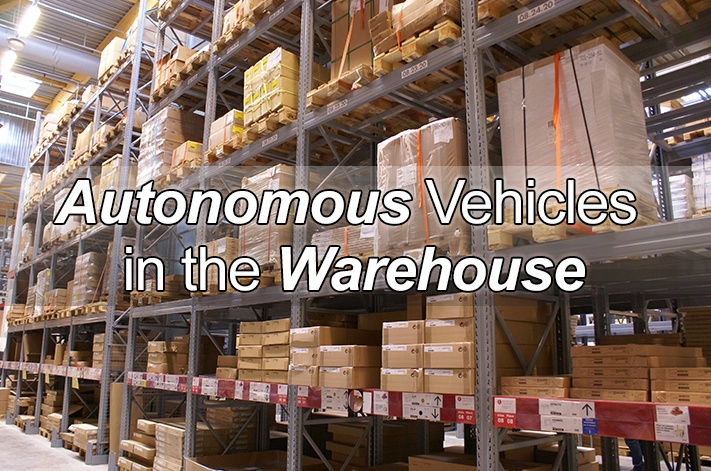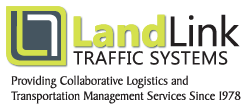
It is likely the logistics industry will adopt self-driving vehicles much faster than most other industries. The primary concern for automated motorized vehicles is personal and property damage liability. Secure areas and minimal personnel minimize liability risks creating ideal conditions for an automated environment. Also, the grid design of a typical warehouse makes for generally simplified navigation of an automated forklift, for example. The limited and repetitive tasks required to stack and transport pallets does not require complicated programming and sophisticated hardware. With these considerations in mind, it’s possible that a warehouse may be the ideal environment for a completely automated storage and distribution facility. Most high volume warehouse facilities today have some degree of autonomous technology in use. It may require a leap of faith to go to 100% automation.
For many years, dedicated warehouses have been deploying autonomous vehicles that handle a myriad of products of all shapes and sizes, and move around the warehouse environment as directed. However, most of these self-driving vehicles stop when they encounter an obstacle, and won’t move again until the object is removed or a driver takes manual control. Also, most of these vehicles can only follow a predefined route and require a relatively expensive and inflexible infrastructural investment due to the challenges of indoor navigation.
Having a roof over the facility eliminates the use of GPS navigation. To get past the hurdle of indoor navigation, early solutions used wire technology, where the vehicle is fitted with a radio sensor that receives radio waves transmitted by a wire that is embedded in the floor of the warehouse. Newer applications such as "Guide Tape Technology", "Wi-Fi" Systems and "Low Frequency Radio Wave" guidance are being explored.
Self-driving vehicles in warehouses have the ability not only to transport goods, but also to combine other process steps (such as loading and unloading) to increase the overall efficiency of an entire process. In addition to providing efficiency gains, self-driving vehicles can also significantly increase safety in transport and loading processes. These operational advancements are certainly attractive from a cost and performance perspective to any CFO. Automation also reduces overall employee related benefits and liability. All of this technology is great, but we have to ask ourselves: "While the robots run the warehouse, where do I go to work?". New technologies are encroaching into human skills in a way that is unprecedented. Many middle-class jobs are most likely to be effected. But this is the cost of progress.



 Land-Link, a well respected professional organization, has been providing its clients with effective transportation and logistics solutions since 1978.
Land-Link, a well respected professional organization, has been providing its clients with effective transportation and logistics solutions since 1978.

